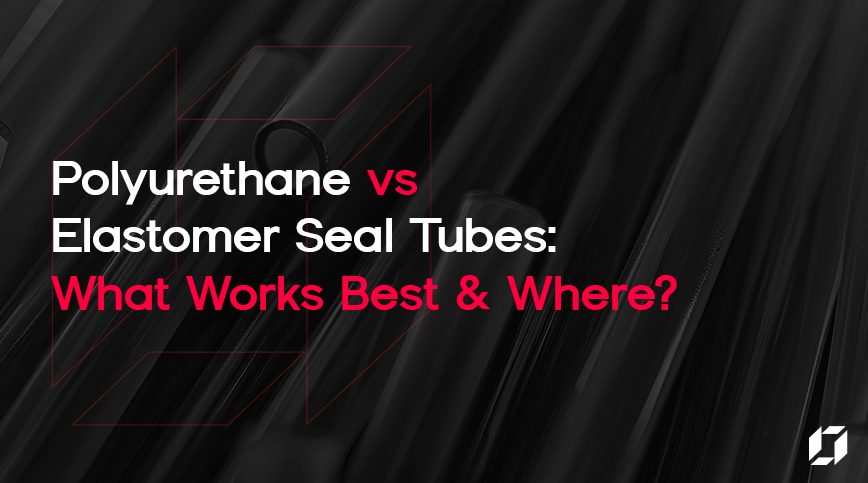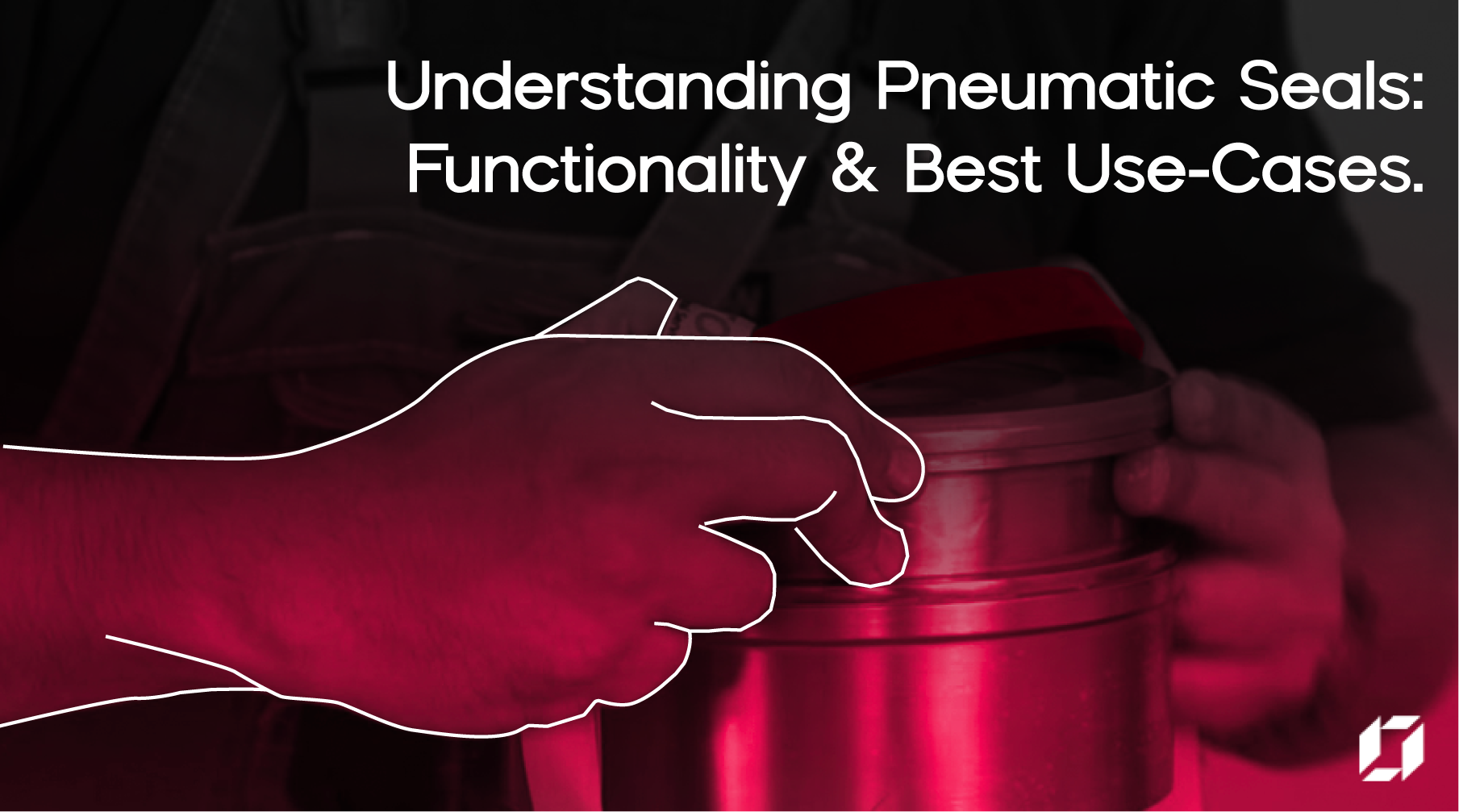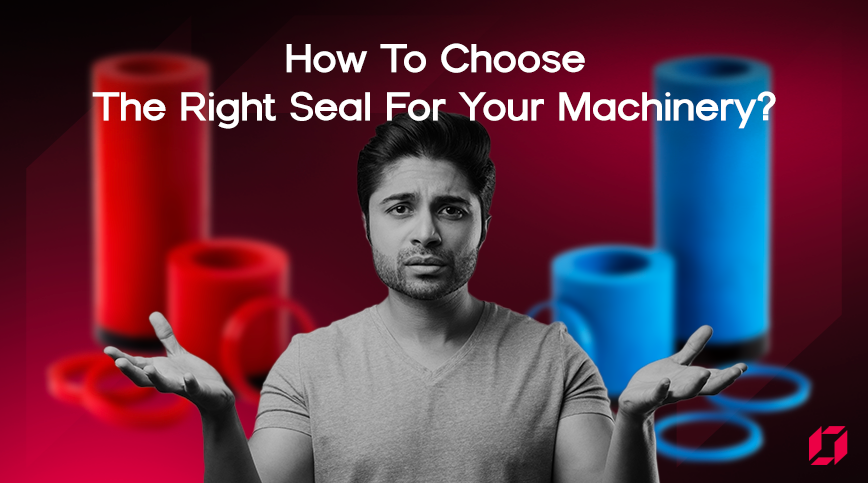
Polyurethane vs Elastomer Seal Tubes: What Works Best & Where?
Seals are critical components in machinery, ensuring leak-proof operations in various systems. Choosing the right material: polyurethane or other elastomers, can significantly impact performance, durability, and maintenance needs.
Polyurethane (PU) seals
Engineered for endurance, polyurethane seals offer excellent abrasion resistance, tensile strength, and load-bearing capacity. They’re often preferred for high-pressure, high-wear environments.
Elastomer seals
This category includes materials like nitrile, silicone, and EPDM. These seals tend to be more flexible and cost-efficient, making them a go-to for general-purpose applications.
Polyurethane vs Elastomer
| Feature | Polyurethane | Elastomer |
| Abrasion Resistance | High | Moderate |
| Chemical Resistance | Excellent | Varies by compound |
| Flexibility | Moderate | High |
| Temperature Range | Wide (-10°C to +120°C) | Dependent on material |
| Tensile Strength | High | Moderate |
| Cost | Higher | Lower |
| Suitability | Heavy-duty, high-pressure | Versatile, everyday applications |
Polyurethane seals
| Pros | Considerations |
| Outstanding durability in high-stress environments | Less flexibility than some elastomers |
| Excellent resistance to oils, solvents, and wear | Higher initial investment |
| Long service life under pressure |
Elastomer seals
| Pros | Considerations |
| Greater elasticity and ease of installation | Susceptible to wear and degradation in high-demand settings |
| Suitable for a wide range of applications | Variable chemical resistance depending on the compound |
| Budget-friendly |
Where Do They Work Best?
| Polyurethane | Elastomers |
| Hydraulic cylinders | Automotive assemblies |
| Heavy machinery | Light-duty pneumatic systems |
| High-speed, high-load industrial systems | Appliances and HVAC components |
Expert Recommendation
If your system deals with intense pressures, heat, or abrasive environments, polyurethane seals are the smart, long-term investment. For applications that are more forgiving, and where cost and flexibility matter, an elastomer solution may be perfectly adequate.
Either way, material choice shouldn’t be technical, it should be strategic.




